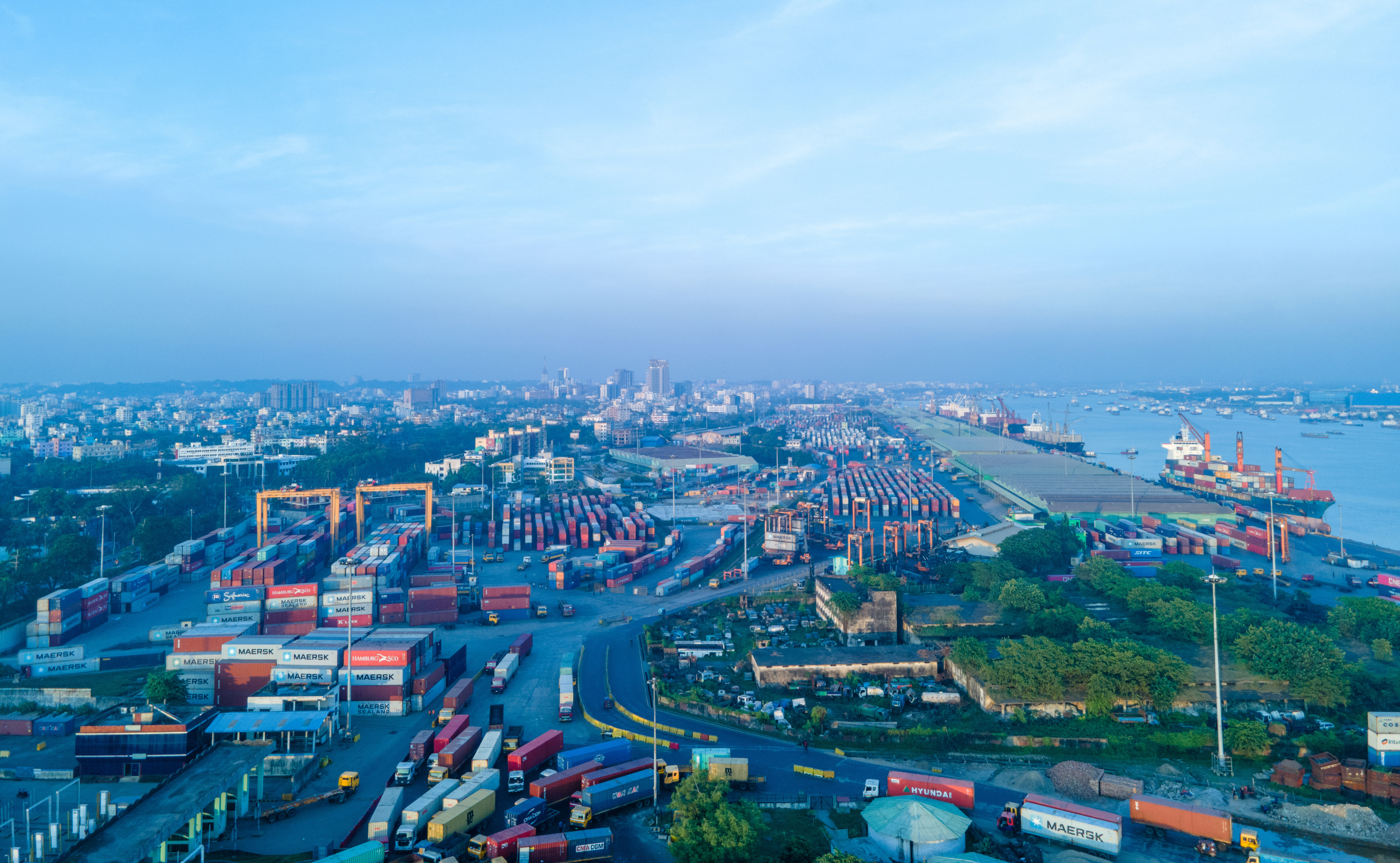Equipping workers with skills, infrastructure, and support is vital to ensure the AI-driven digital shift boosts jobs, inclusion, and sustainable growth.
LATEST

- Information and Communications Technology, Social development and protection, Strengthening Governance and Institutional Capacity

- Climate change, Economics, Globalization, Environment, and Climate Change

- Agriculture and natural resources, Health, Promoting Rural Development and Food Security

- Globalization and Economic Stability, Industry and trade

- Climate change, Globalization, Environment, and Climate Change, Health, Tackling Climate Change, Building Climate and Disaster Resilience, and Enhancing Environmental Sustainability
Subscribe to our Newsletter
Stay updated with ADBI news, publications, events and opportunities.
About Asia Pathways
Asia Pathways is the blog of the Asian Development Bank Institute, exploring ideas and solutions for advancing sustainable and inclusive development in Asia and the Pacific.

